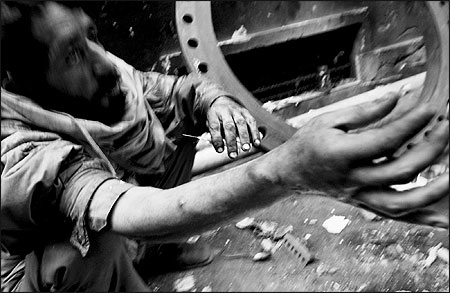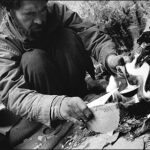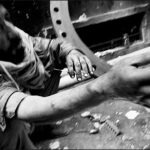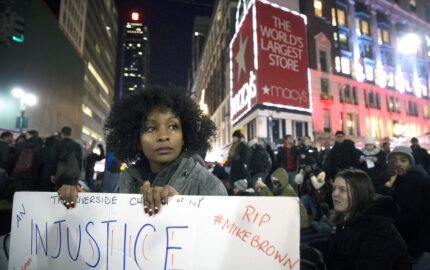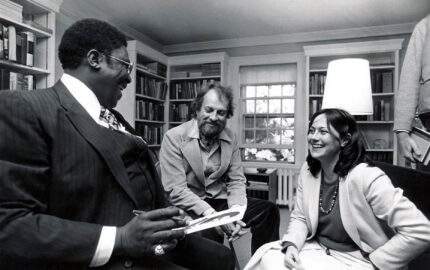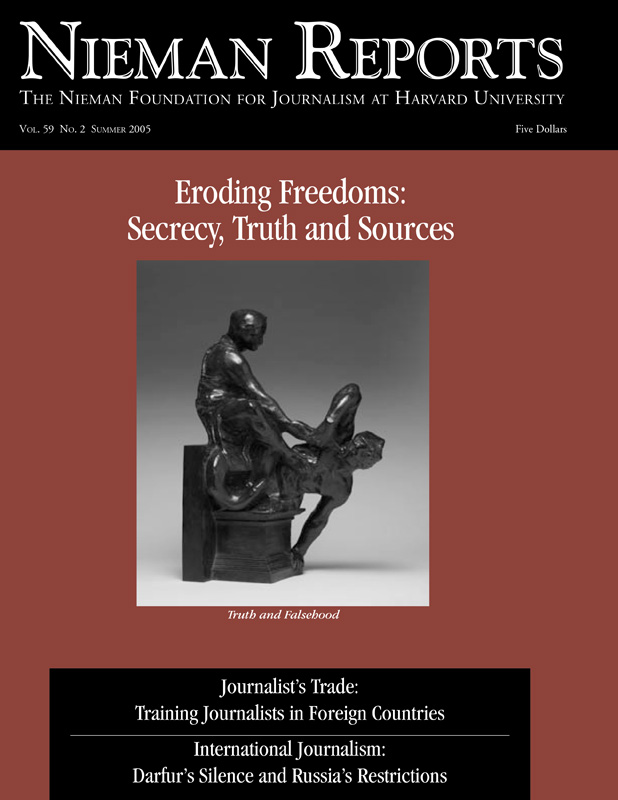
Eroding Freedoms: Secrecy, Truth and Sources
Among the casualties of the invasion and occupation of Iraq have been truth and trust, according to Sig Christenson, military affairs writer for the San Antonio Express-News. After working as both an embedded and independent reporter in Iraq, he writes about the “propaganda war within Gulf War II,” explaining that “Its roots are in Ground Zero, and I have been a willing participant. So, too, were many other reporters.”
The commonly accepted Western narrative about Iran is that it is part of the “Axis of Evil,” a society in which women are oppressed and the nation is bursting with extremist Muslims. This is, of course, an oversimplification that misrepresents reality. As journalists, we know the importance of adding flesh to these bare-boned narratives by asking questions, observing and then rebuilding the story with the complexity that any true narrative demands.
In this spirit I traveled to Iran during the winter of 2002 to try to learn how a nation, ruled by Islamic law but also a global thoroughfare in opiate trafficking—that also interdicts 85 percent of globally seized opiates—deals with its own drug addiction problems. The dramatic rise in opiate use, its destructive effects on Iranian families, and the spread of AIDS has caught the attention of the Iranian government, which was making concerted efforts to control the heroin trade that flows from Afghanistan into Iran and on to Turkey.
The photographs on these pages, published for the first time, speak to what I witnessed. What I found in Iran is a society yearning for stability and people hungry for economic security. But I also came across people—from all social levels—who have fallen into drug use and destitution, just as one could find in nearly any other country.
While Iran is a difficult place for Western journalists to work, I believe we need to try to go there and live out our responsibility to do the work that reveals the complex fabric of a nation—even when our government considers the country to be our enemy.
Photos by Molly Bingham/WorldPictureNews. Bingham is a 2005 Nieman Fellow.
